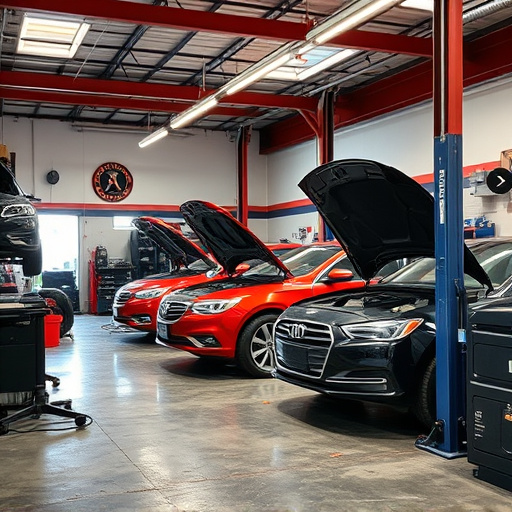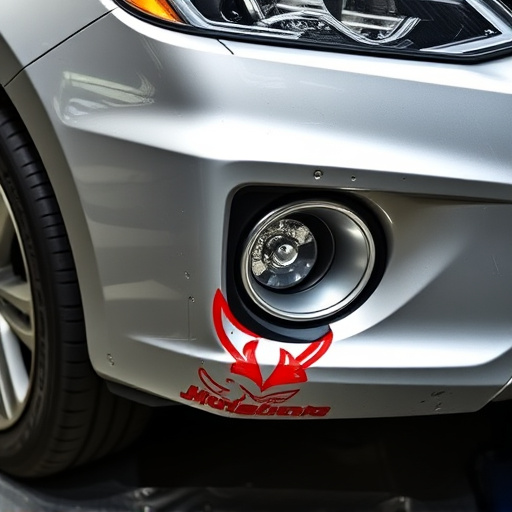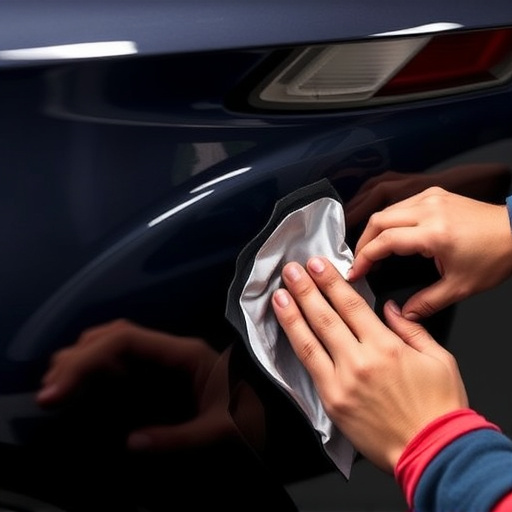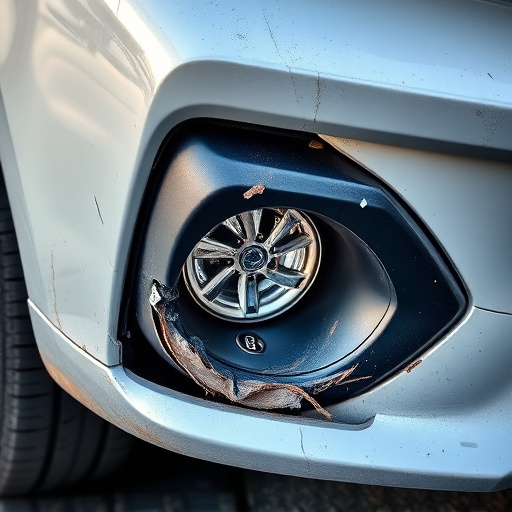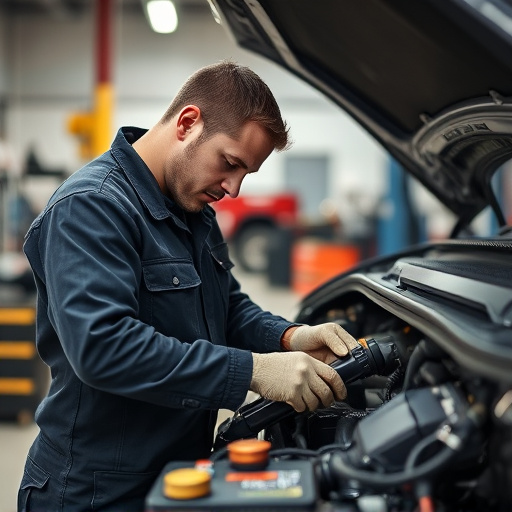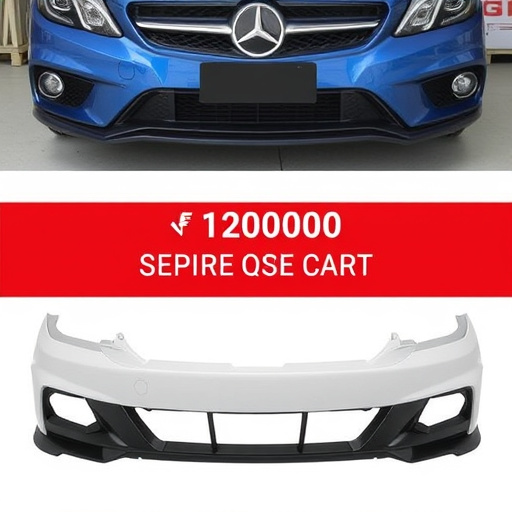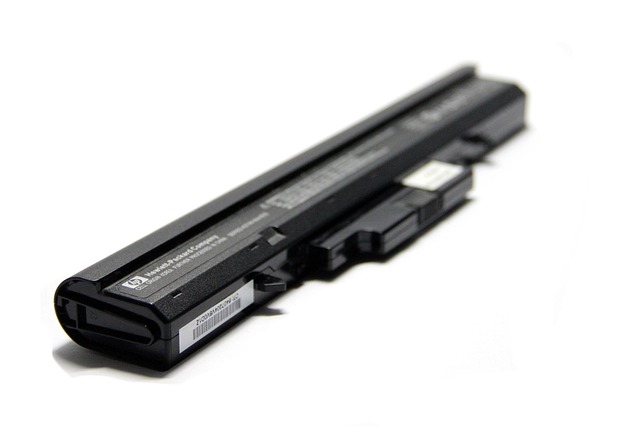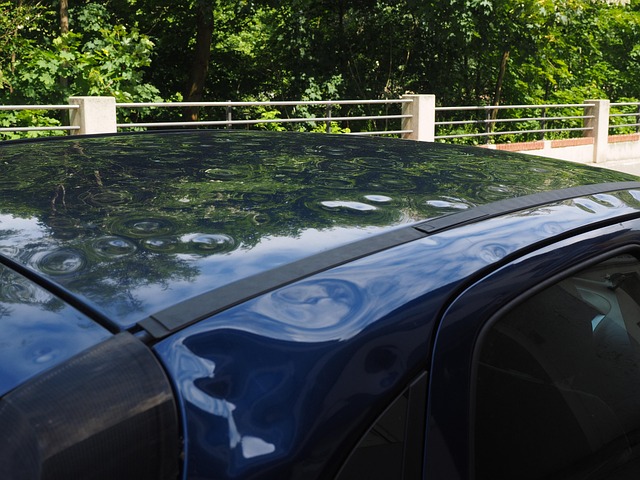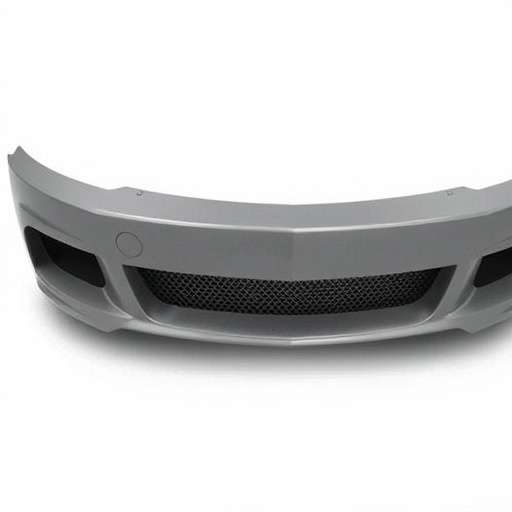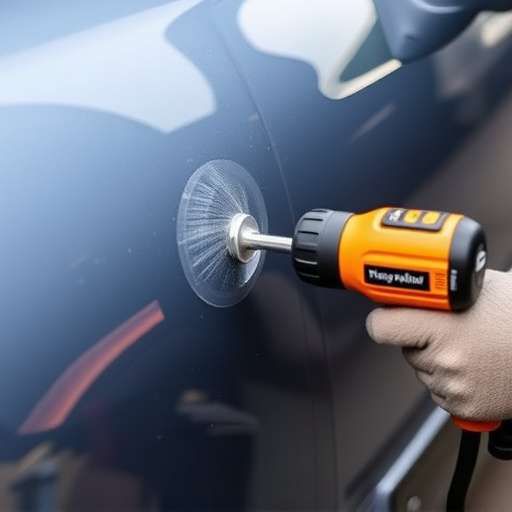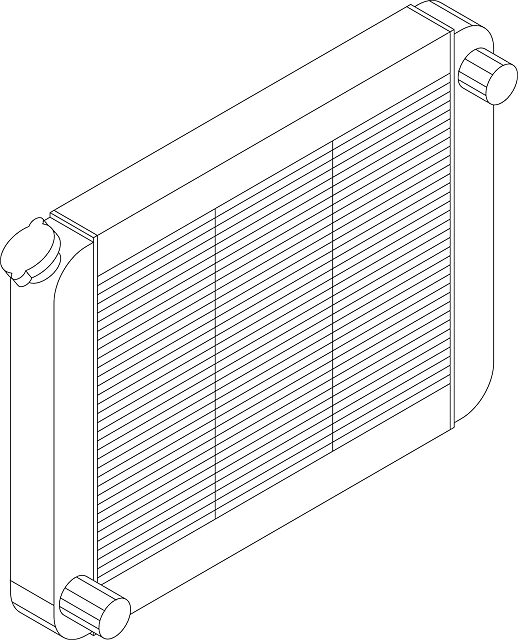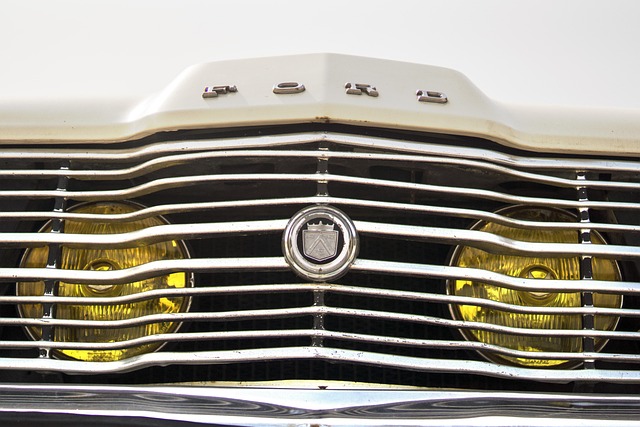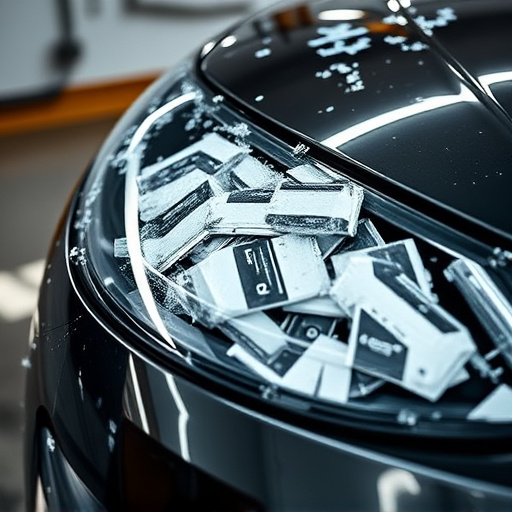Plasma cutting collision repair revolutionizes auto body work with its precision, speed, and versatility, offering significant advantages over traditional methods. This technology cuts metal with ionized gas, enabling tight spaces access & intricate contour reproduction for seamless finishes. Its accuracy enhances aesthetics & structural integrity while reducing labor time, costs, and waste, making it a game-changer for auto shops aiming for efficiency, precision, and profitability in collision repairs.
Plasma cutting collision repair is transforming the automotive industry. This advanced technology offers unparalleled precision and efficiency, revolutionizing traditional metal fabrication methods. By employing plasma arcs to cut through materials with extreme accuracy, shops can achieve superior repair quality, reduce labor costs, and minimize waste. This article explores the advantages of plasma cutting for collision repair, arguing that standardization should be the new norm for shops aiming to provide top-tier services promptly and profitably.
- The Advantages of Plasma Cutting Technology for Collision Repair
- Efficient and Precise: How Plasma Cutting Enhances Repair Quality
- Cost-Effectiveness and Time-Saving: A Case for Standardization in Shops
The Advantages of Plasma Cutting Technology for Collision Repair
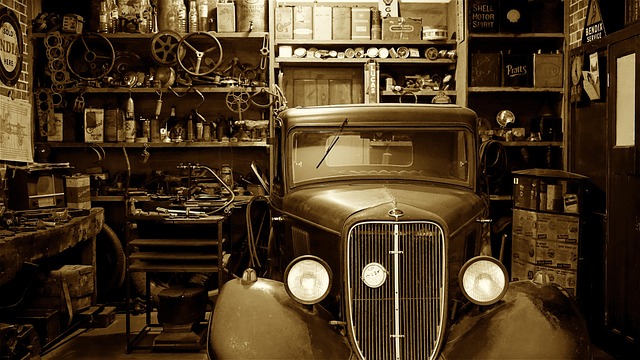
Plasma cutting technology has revolutionized collision repair, offering a multitude of advantages over traditional methods. Its precision and speed are particularly beneficial in auto frame repair, enabling highly accurate cuts and reducing the time spent on laborious manual operations. This translates to cost savings for both collision centers and vehicle owners, making plasma cutting collision repair a more efficient and economical option.
Furthermore, plasma cutting provides superior versatility, allowing for intricate and complex cuts in various materials, from steel to aluminum. This capability is crucial in modern vehicle designs where lightweight, high-strength alloys are prevalent. By adopting plasma cutting technology, collision repair shops can handle a broader range of tasks, ensuring better results in auto frame repair and enhancing the overall quality of service offered at these facilities.
Efficient and Precise: How Plasma Cutting Enhances Repair Quality
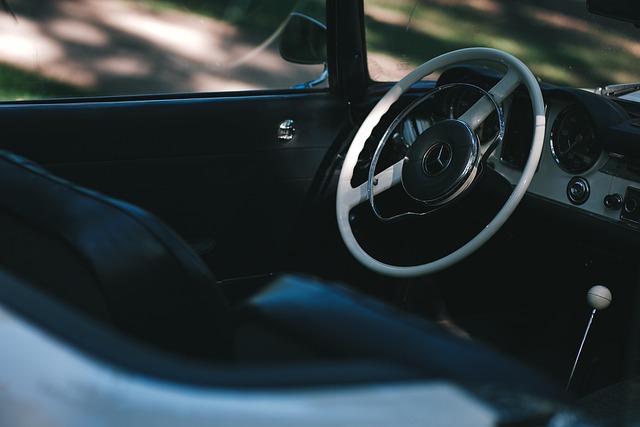
Plasma cutting collision repair is an innovative technique that significantly enhances the quality and efficiency of auto body painting and repair processes. This advanced method employs a high-velocity stream of ionized gas to cut through metal with incredible precision, ensuring minimal heat input and reduced material distortion. The result? Smooth, clean cuts that facilitate intricate and accurate repairs.
Compared to traditional cutting methods, plasma cutting offers unparalleled control and finesse. It allows collision repair shops to access tight spaces and reproduce the exact contours of vehicle parts, leading to a seamless finish after auto body painting. This precision is not just aesthetically pleasing; it ensures structural integrity, contributing to safer and more reliable vehicles on the road.
Cost-Effectiveness and Time-Saving: A Case for Standardization in Shops

Plasma cutting collision repair offers a highly cost-effective and time-saving solution for vehicle damage, making it an ideal process to be standardized in shops. Traditional methods of collision repair often involve extensive labor, lengthy drying times for paints, and potential reworking due to human error. In contrast, plasma cutting streamlines the process by precisely slicing through metal with a highly concentrated jet of ionized gas, reducing the need for manual labor and minimizing errors. This results in faster turnaround times and lower costs, as fewer man-hours are required to complete the repair.
By adopting plasma cutting collision repair, shops can offer quicker vehicle paint repair services while maintaining high standards of quality. Moreover, this technology reduces waste by minimizing material scrap, contributing to environmental sustainability and further cost savings. The efficiency and precision of plasma cutting make a strong case for its standardization, ensuring that collision centers stay competitive in a market where time and cost are critical factors.
Plasma cutting collision repair offers a significant leap forward in efficiency, precision, and cost-effectiveness compared to traditional methods. Its advantages are clear: faster turnaround times, reduced material waste, and improved overall quality. Given these benefits, it’s paramount that shops standardize plasma cutting technology. By embracing this innovative approach, collision repair facilities can enhance their operational efficiency, deliver superior results, and ultimately better serve their customers.
